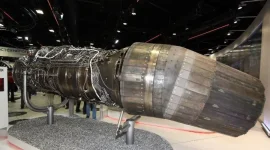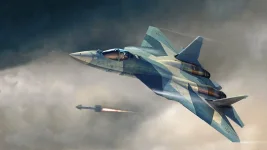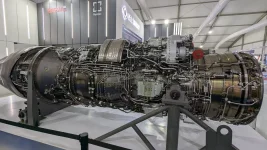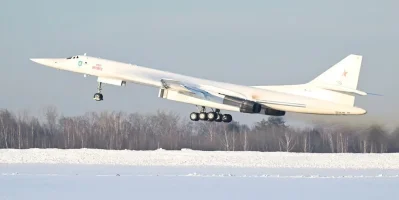- Views: 3K
- Replies: 17
Russia has reportedly presented India with a comprehensive proposal for its Su-57 'Felon' fifth-generation stealth fighter, potentially including the integration of the formidable Kh-47M2 Kinzhal hypersonic missile.
The Indian Air Force (IAF) is said to be considering the acquisition of approximately 63 aircraft, equivalent to three squadrons, as it seeks to urgently address a significant shortfall in its combat fleet.
This development comes as the IAF grapples with the phasing out of older aircraft and delays in the induction of indigenous platforms.
The IAF's authorised combat strength is 42 squadrons, which is considered necessary to effectively manage a potential two-front security challenge.
However, due to the recent retirement of the last MiG-21 squadrons and a slower-than-projected delivery schedule for the indigenous LCA Tejas, the force is currently operating with around 30 squadrons.
This capability gap has prompted the consideration of foreign acquisitions to maintain a strategic edge. The Russian offer is seen as a direct measure to bridge this gap until the indigenous Advanced Medium Combat Aircraft (AMCA) is ready for induction, which is anticipated post-2035.
This proposal effectively revives discussions that stalled in 2018 when India withdrew from the joint Fifth Generation Fighter Aircraft (FGFA) program, a project based on the Su-57 platform.
At the time, India had invested nearly $300 million but exited citing concerns over the aircraft's engine technology, stealth characteristics, and the scope of technology transfer.
Russia's new offer is believed to address these past concerns and is being presented as a mature, combat-proven system.
Under the terms being discussed, the procurement plan would likely involve an initial batch of 36 to 40 fighters being delivered directly from Russia, potentially making two squadrons operational by 2028.
Subsequent aircraft would be manufactured in India by Hindustan Aeronautics Limited (HAL) at its Nashik facility.
This approach mirrors the successful licenced production of the Su-30MKI, which forms the backbone of the IAF's fighter fleet and for which HAL has developed extensive manufacturing expertise.
The estimated cost per aircraft is between $80 to $100 million, with the final price depending on the extent of technology transfer and local production.
A key highlight of the offer is the integration of the Kinzhal air-launched ballistic missile (ALBM). This weapon travels at hypersonic speeds of up to Mach 10 (ten times the speed of sound) and has a reported range of 2,000 kilometres.
Unlike traditional cruise missiles, the Kinzhal follows a quasi-ballistic trajectory, making it extremely difficult for current air defence systems to intercept.
Equipping the Su-57 with this missile would provide the IAF with an unprecedented standoff capability, allowing it to strike high-value, deep-sited targets from within Indian airspace, thereby minimising risk to pilots and aircraft.
From a geopolitical standpoint, the offer underscores the enduring strategic partnership between India and Russia. While India has diversified its defence procurement with equipment from France, Israel, and the United States, Russia remains a key supplier willing to offer extensive technology transfer.
Experts note that Western nations are often reluctant to provide such deep access to their defence technologies, making the Russian proposal particularly attractive for bolstering India's self-reliance in the defence sector.
The final decision will hinge on rigorous evaluation by the IAF and negotiations over cost, technology transfer, and local manufacturing components.




